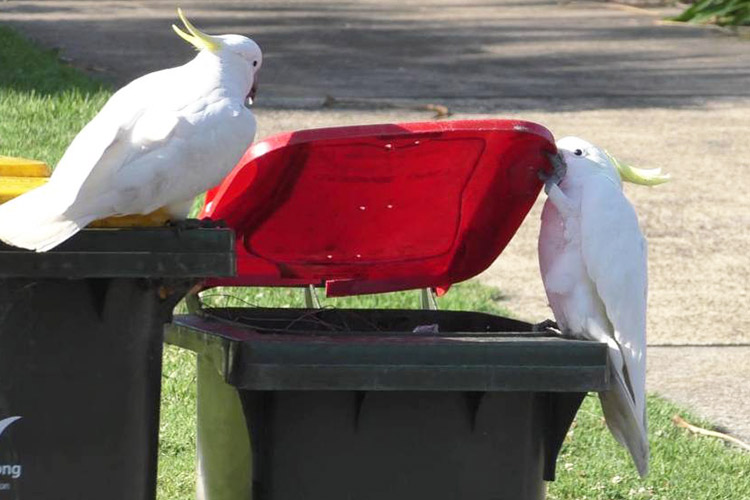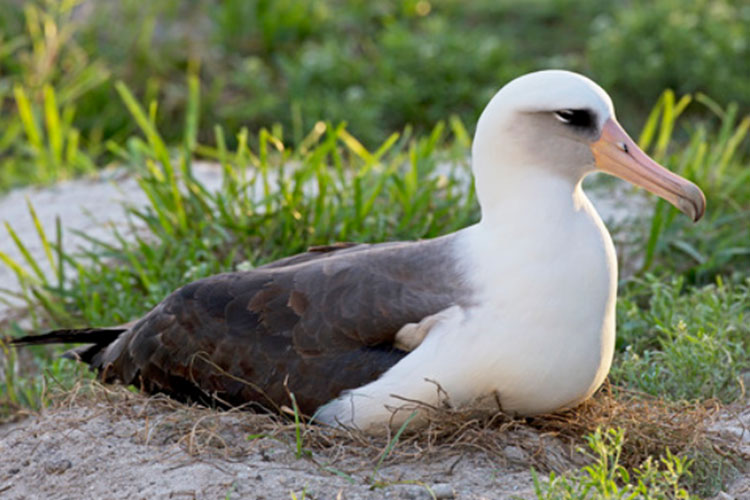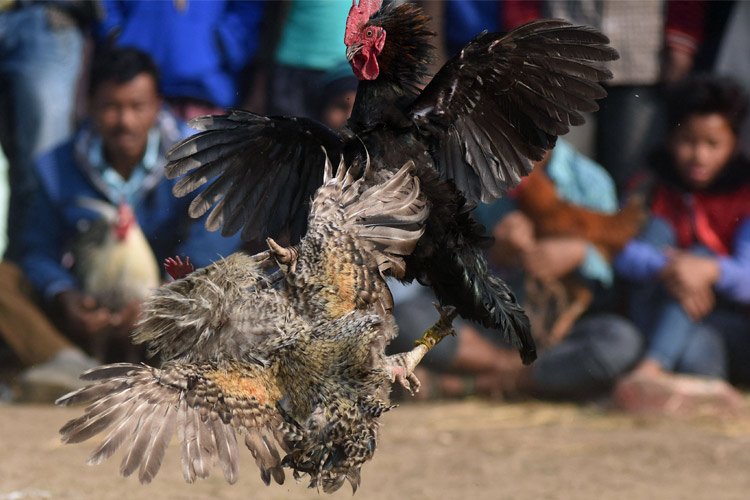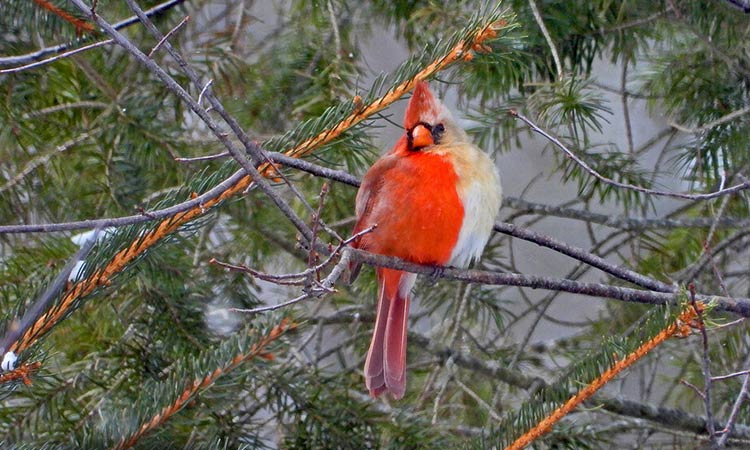Cockatoos learn to lift trash bin lids for food

Photo used for illustrative purposes only.
Gulf Today Report
In striving to acquire new skills, people usually draw on more experienced models, as do children who observe and reproduce the movements and gestures of adults, or as amateur athletes who try to imitate the artistic skills of heroes and stars.
READ MORE
Scientists discover 160 eggs of birds that existed 85 million years ago
Man enters a flat, cleans it, pet the cat and realises he is in wrong apartment in New Jersey
Exceptional Blue Kashmir sapphire stone sold at €2.7 million
A study published in the journal "Science" showed that this method, which has proven useful in learning, also applies to cockatoos.
The researchers came to this conclusion through a study they conducted on garbage containers in Sydney to document an example of “social learning” in the animal kingdom.
It all started when a scientist from the Australian Museum photographed with his phone a cockatoo with a yellow mane opening a trash can with its beak and claws to feed on its contents.
"This piqued our interest because it was an innovation and a new way to access resources in the city," said lead author of the study, Barbara Klamp of the Max Planck Institute for Animal Behavior.
The researcher pointed out that these birds, which belong to the same general family as parrots and are known for their great intelligence, "are spread all over the east coast of Australia, and the garbage bins are exactly the same everywhere," which are ideal conditions for a life-size experiment.
But first he had to make sure that other cockatoos also knew how to open these containers.
In a questionnaire, the researchers asked residents of Greater Sydney and the Wollongong region:
Have they ever seen birds doing this, and when?
The responses showed that cockatoos were seen in this position in three neighbourhoods in 2018, while the number of neighbourhoods in which they were seen reached 44 at the end of 2019.
To understand this phenomenon, the team closely monitored the birds while they opened trash containers, and in a certain group.







